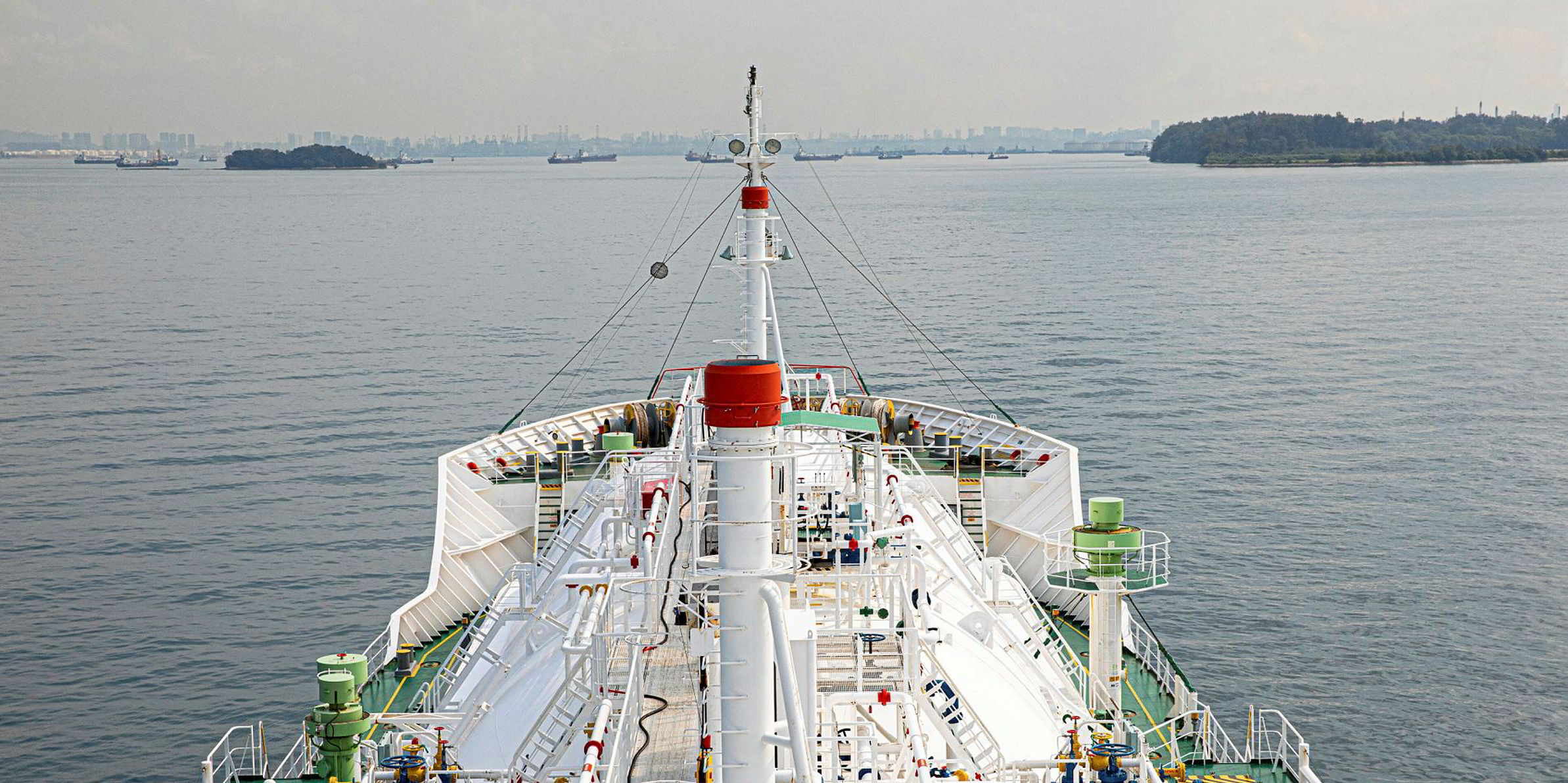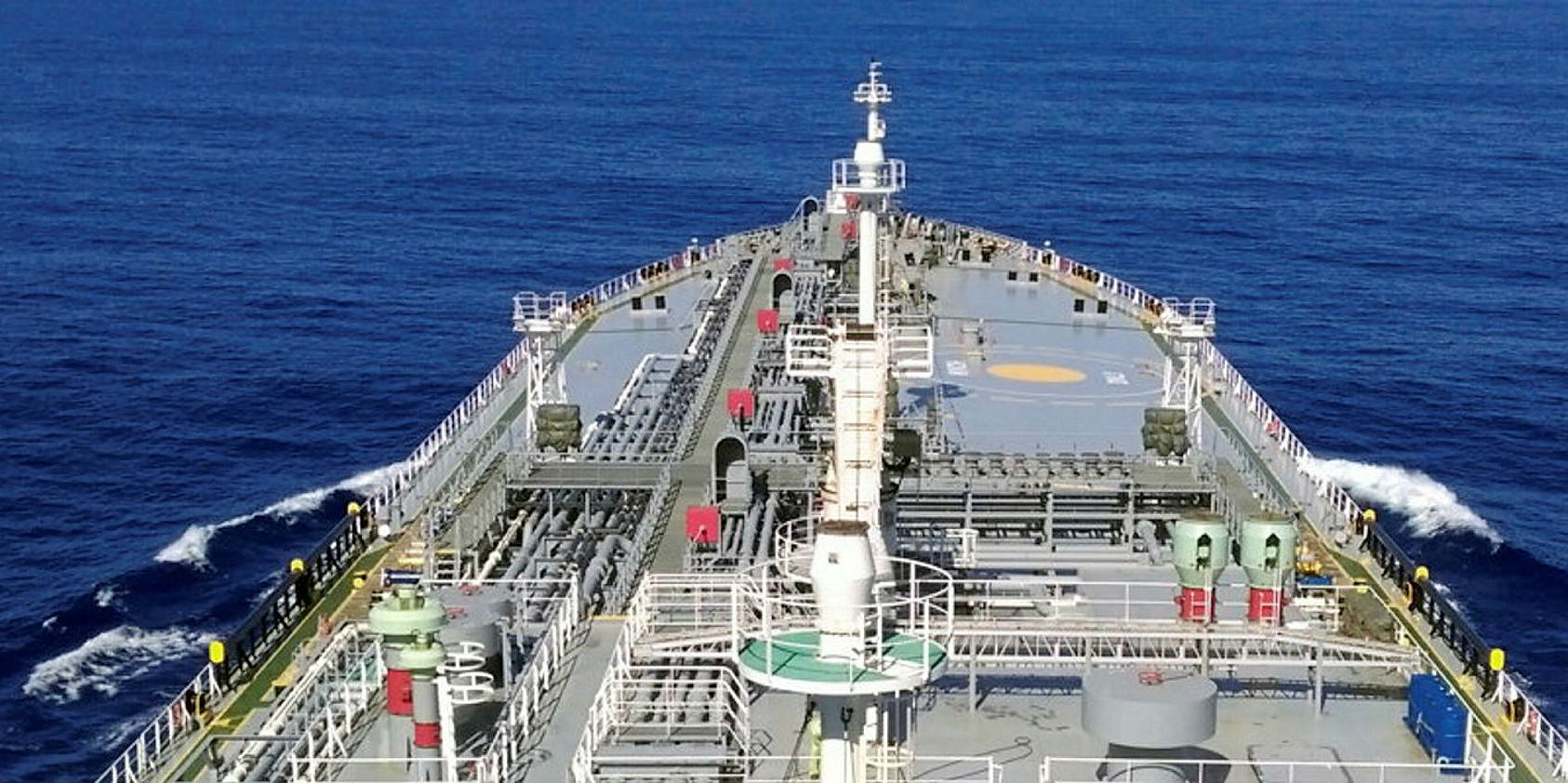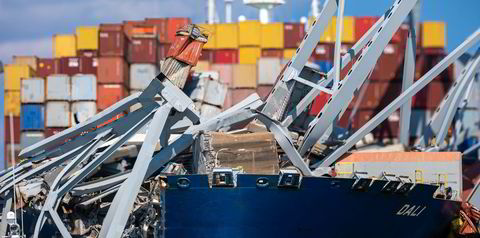VLGC spot rates are still on the rise despite LPG imports declining last month.
Cleaves Securities said numbers gained 17% week-on-week to Friday, to hit $15,800 per day.
"Although activity slowed, tonnage availability is limited and discharge delays in India are also tilting the market in favour of owners," it added.
But it said the "near-term hangs in the balance."
Rates had been riding high at $60,000 per day in April, before a slump.
Clarksons Platou Securities said rates had reached their nadir at around $11,000 per day in mid-June but have improved following the widening of the propane-naphtha arbitrage over the past two weeks.
"It remains a tale of two hemispheres, with increased activity out of the US Gulf compared to a more quiet market in the Arabian Gulf," it added.
Differentials returning to normal
Propane is $100 per tonne cheaper than naphtha currently in Europe.
"Accordingly there is increased focus from petrochemical plants on utilising propane as the feedstock of choice," the company said.
"Throughout 2019 and until March 2020, naphtha had traded between $50 per tonne and $200 per tonne above propane in both regions, which kept a healthy amount of spot activity in the VLGC market."
But this reversed when oil prices collapsed in March, causing naphtha to trade $100 per tonne below propane, putting significant pressure on VLGC spot rates."
Differentials are now reverting to previous levels and allowing for better VLGC rates, but they are still below earnings breakeven levels of about $23,000 per day.
"It is likely that Middle East activity will need to increase before rates can surpass that figure," Clarksons Platou said.
Figures from analyst Kpler showed global LPG imports struggled in June, finishing broadly lower against year-earlier levels and erasing much of what had been recovered since arrivals bottomed out at just 8.63m tonnes in February.
Sharp contrast compared to May
The figure for June was 8.59m tonnes, marking a decline of 1.26m tonnes from May and 0.9m tonnes from a year ago.
"Such weakness in June off-takes was a notable reversal against May (9.8m tonnes, up 0.54m tonnes month-on-month), which not only neared the year to date high, but managed a 0.21m tonnes gain against year-earlier levels," Kpler said.
It added that the delineation between May and June was driven by East-Asian demand.
Arrivals into China were down 0.36m tonnes from May, lower by 0.15m tonnes into South Korea and by 0.28m tonnes into Japan.
The total for all three was down 0.29m tonnes against year-earlier levels.
The decline appears to be driven by overall petrochemical demand weakness, Kpler argued.
Combined imports of naphtha into China/South Korea/Japan also finished lower by 0.59m tonnes compared to May.
"The reasoning for Chinese/Japanese/South Korean petrochemical demand weakness through June remains somewhat unclear. It is likely that the May import total overcompensated a bit after managing a record high 3.9m tonnes on the month," the company added.
Car making slows
Weakness in Chinese LPG demand might also point to slowing car production growth following a May finish in which output ended higher by 18% year-on-year, it said.
Meanwhile, LPG imports into Europe also struggled.
Volumes into France, Sweden and the Netherlands declined by a combined 0.14m tonnes from May and 0.4m tonnes versus June 2019.
"Despite Covid-19 related problems within India, demand for LPG remains strong as household consumption holds predictably stable against historical levels," Kpler said.
Indian demand has been negatively impacted across most commodities, with transportation fuels, thermal coal and iron ore struggling to find a market.
But Kpler described LPG as "the one bright spot."
Arrivals hit 1.38m tonnes in June, in line with May and up 0.35m tonnes year-on-year.







